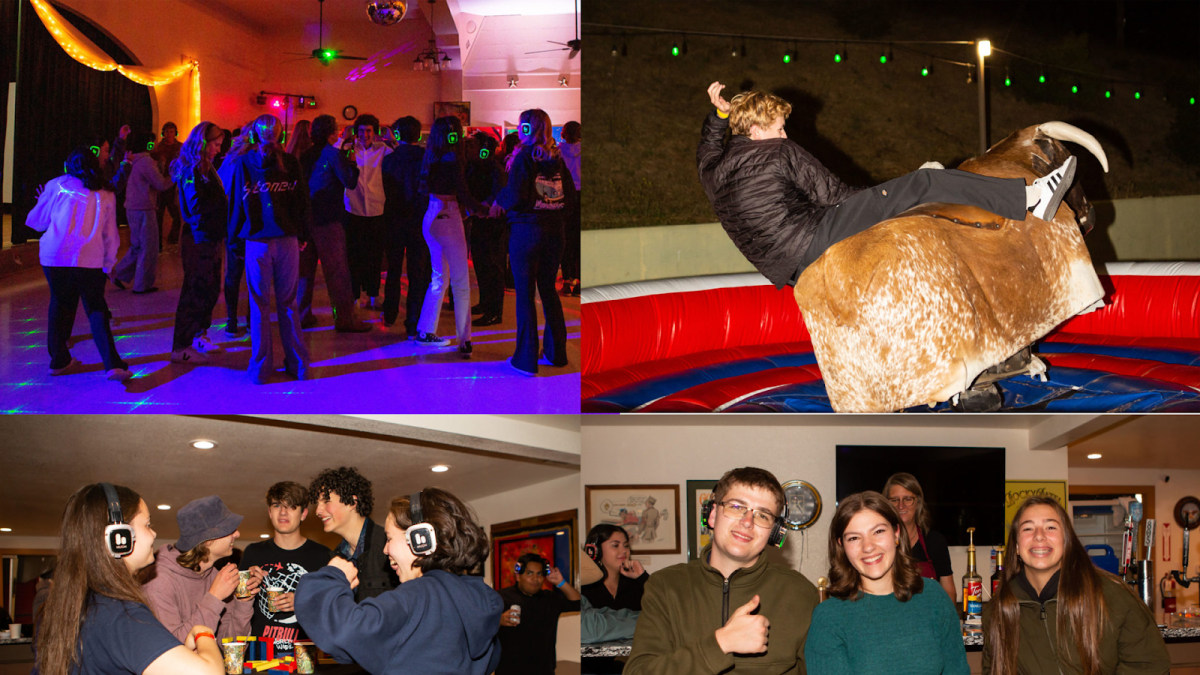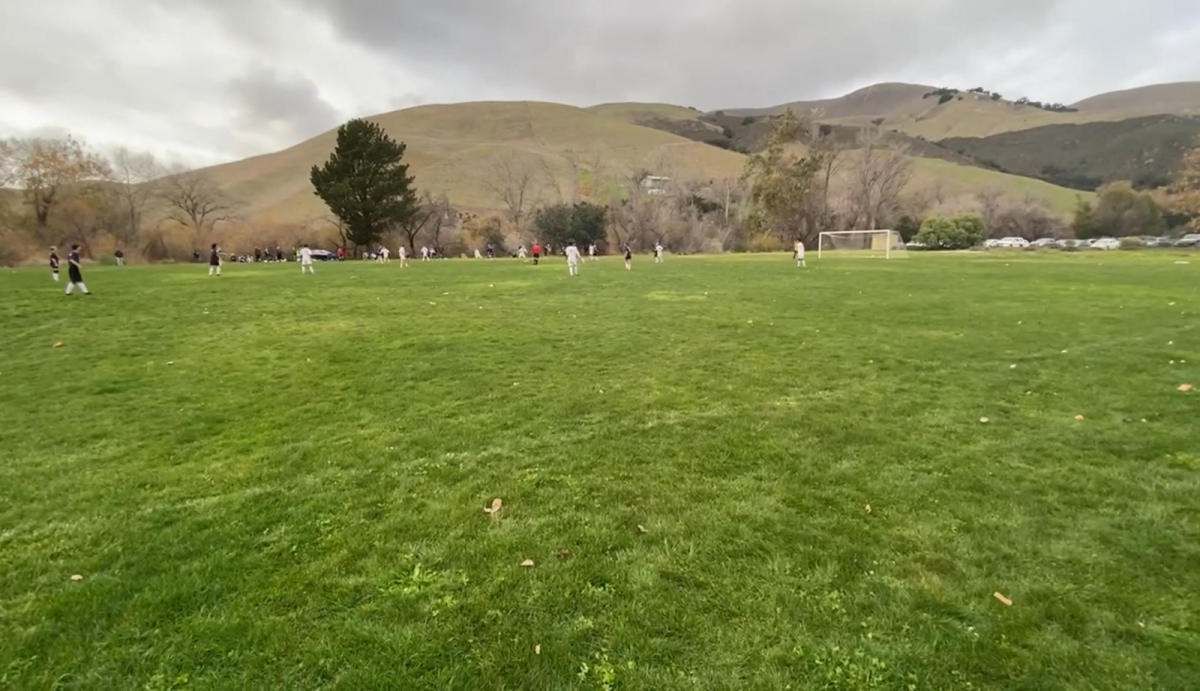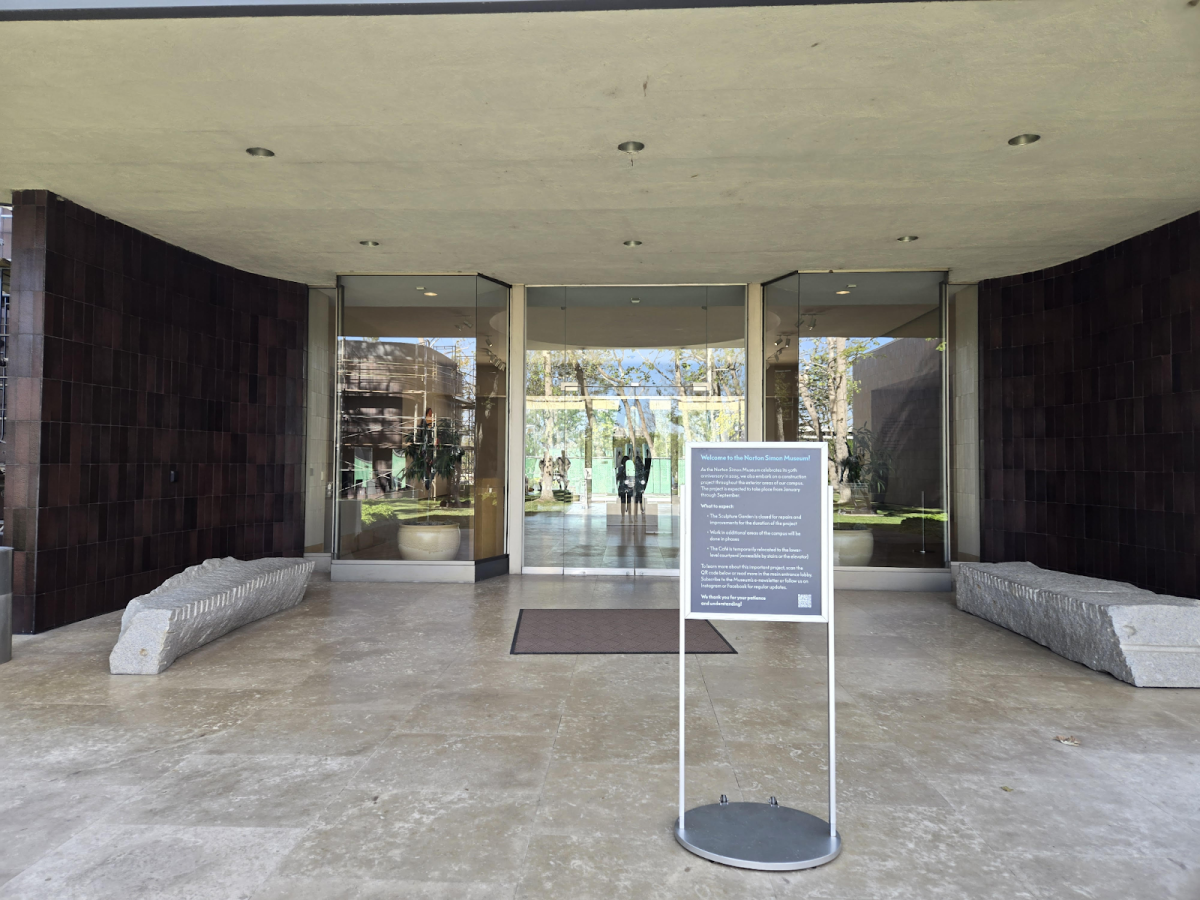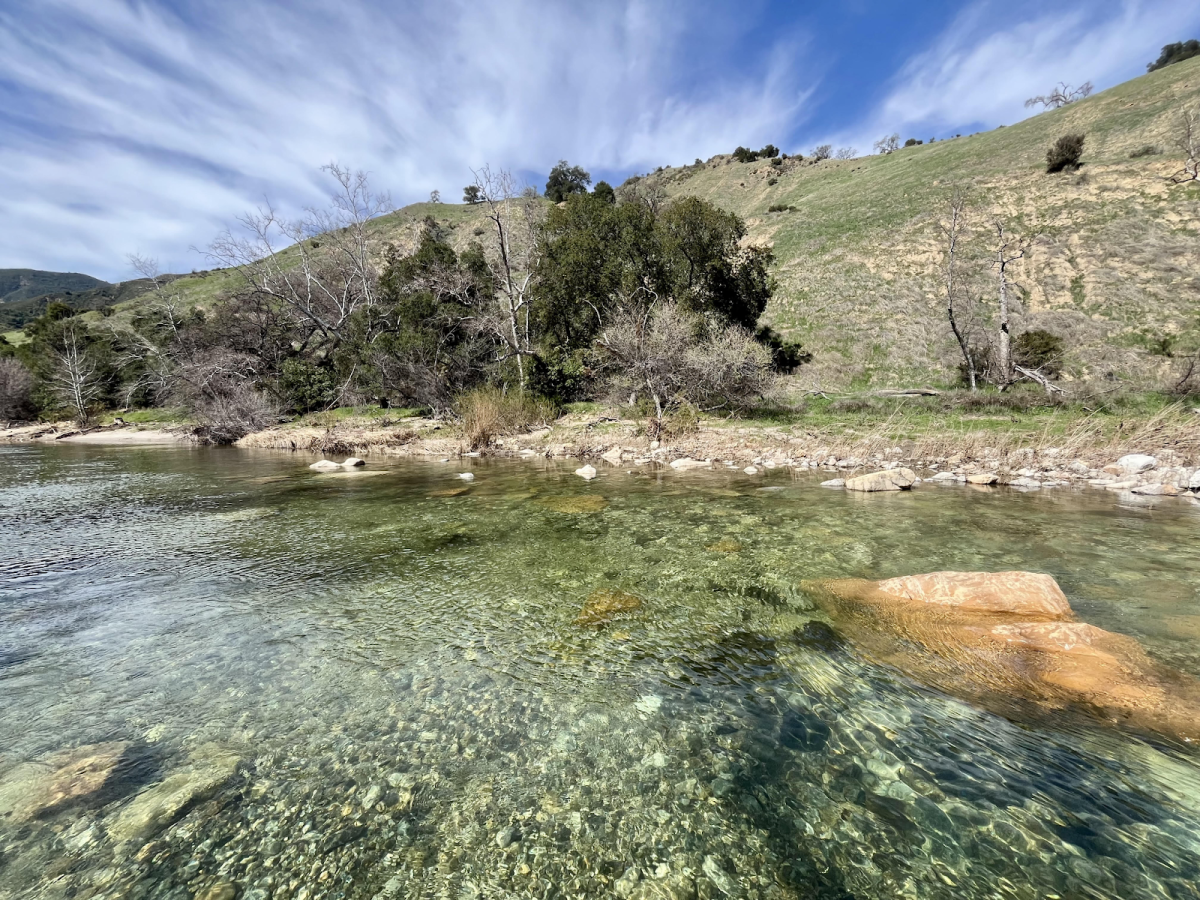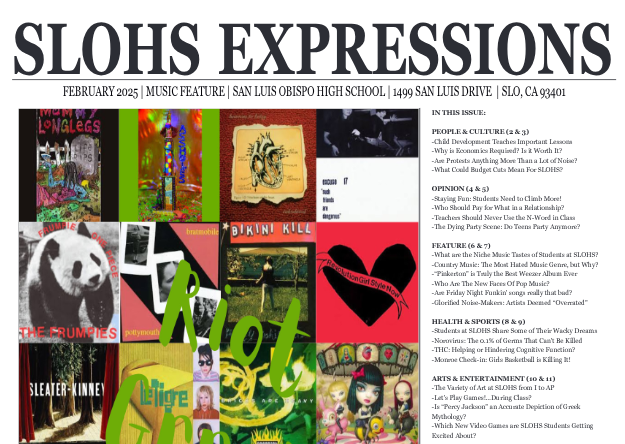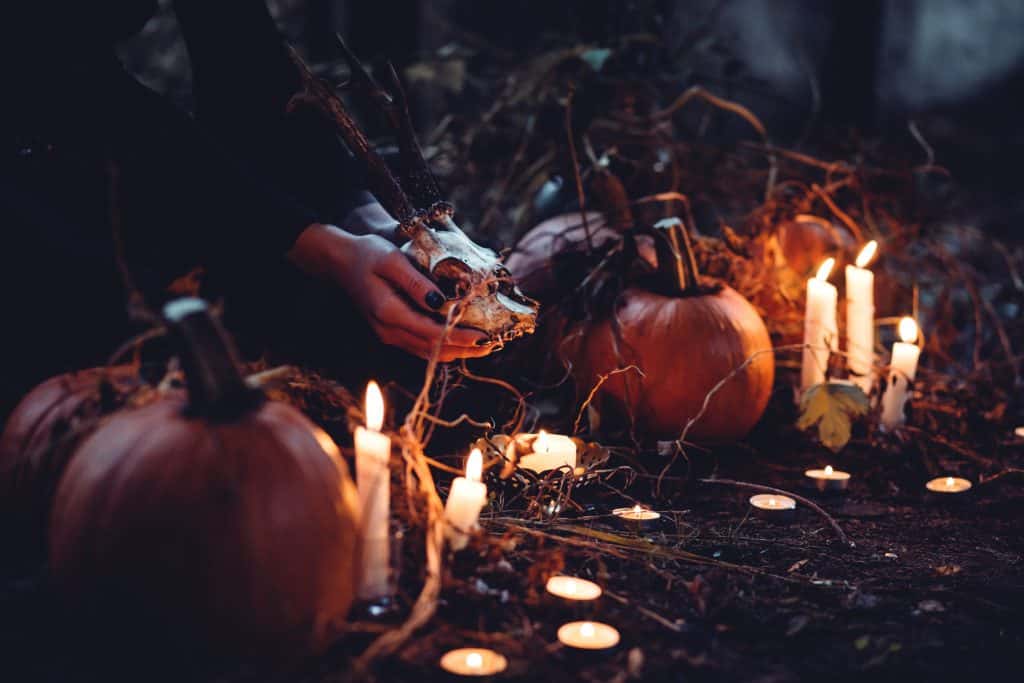Candles in the moonlight are beautiful. Photo courtesy of Religion Media Centre.
Students at San Luis Obispo High School are definitely familiar with what we all know as Halloween. However, what most people don’t know is that Halloween actually originates from a Pagan holiday known as Samhain.
In the Northern Hemisphere, Samhain (pronounced “sow-win”) is celebrated from October 31 to November 1. Samhain is a Gaelic word that translates to “summer’s end.”
Samhain marks the midpoint between the fall equinox and winter solstice and celebrates the completion of the harvest season, as well as the cycle of death and rebirth.
It is believed that during this time, the veil between worlds is very thin, not only between the realms of the living and dead, but also with the fae. Celebrating Samhain involves communing with spirits and protecting oneself from interference by the fae.
There are various ways one can celebrate Samhain, including partaking in a fire ritual, holding a silent supper, leaving gifts for the fae, leaving offerings for the dead, and something that everyone is familiar with on October 31: dressing up in costume.
The first activity one can do, partaking in a fire ritual, comes from an ancient Celtic tradition.
Busy with collecting the harvest, Celts would allow their home hearths to burn out until the work was done. Druid priests would join the community to light a ritual bonfire upon completion, from which people would each take home a flame to re-light their hearths.
In lieu of a bonfire, one can use candles. Lighting candles (one may decide to light as many as they wish) with intentions of protection or healing and letting them burn for some time is a great way to partake in this ritual.
The second activity one can do is holding a silent supper.
It is said that relatives who have passed come seeking hospitality during Samhain, so one can honor them by saving them a spot at the table. A silent supper is traditionally, as the name insinuates, held in silence, with an empty chair left for the spirits of the departed whom you welcome into your home.
To prepare, clear your space. You can asperge (sprinkle with blessed oils or water) any surfaces or doorways, add moonwater to a cleaning solution you clean with for added protection, and/or cleanse with smoke.
To cleanse with smoke, you can burn incense or dried herbs, such as rosemary, mugwort, or lavender. Make sure to open a few windows or doors and invite negative energies to exit the space.
Next, make your meal, and leave a seat open. Everyone should remain silent until they leave the room.
The third activity, leaving gifts for the fae, requires some background knowledge.
If you aren’t familiar with the fae folk, the most straightforward and known advice is that you leave them alone. They are mischievous creatures who nobody wants to cross.
Some warnings about the fae are to not tell them your name, not lie to them, not thank them, and not apologize to them. This is because doing any of these things leaves you indebted to the fae, which can be dangerous.
In exchange for sparing you their tomfoolery, you’ll want to leave them a gift. Find a place outside to leave your offering, preferably away from people. You can leave the fae things such as stones or crystals, trinkets, or any kind of natural food or drink (milk and honey are classics).
Leaving offerings for the dead is activity number four.
While the veil is thin, it’s a good time to leave offerings for loved ones who have passed. If you’d like, you can visit a grave, or you can set up an altar in your home.
If you choose to set up an altar, light a candle on it and place things on it that would give the chosen spirit joy. This could be their favorite foods, drinks, colors, trinkets, flowers, etc.
Finally, the last activity is one that many are familiar with, but don’t associate or know it is for with Samhain.
Though Halloween and Samhain are two different holidays, dressing up originates from Samhain. Dressing up in a costume is another way to avoid any mischief from the fae folk and other spirits, as they won’t be able to recognize you.
If you choose to celebrate Samhain this year, have fun and stay safe!
Sources: religionmediacentre.org.uk, seawitchbotanicals.com, www.newgrange.com



